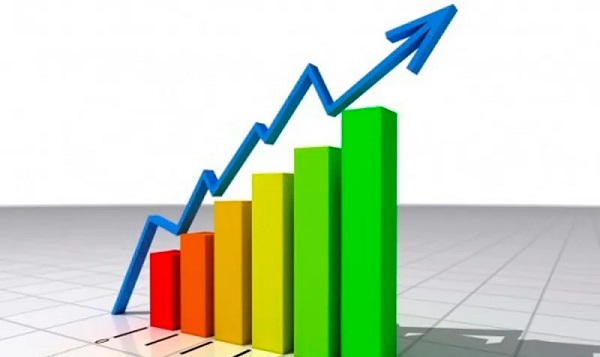
The Economic Commission for Latin America and the Caribbean has stated that the DRC economy is one of the three economies that will grow in the region in 2023.
SANTIAGO DE CHILE, April 20 — The Dominican Republic’s economy will be among the three fastest growing economies in the region in 2023, growing by 4.6 percent, according to forecasts released Thursday by the Economic Commission for Latin America and the Caribbean. (ECLAC).
This Santiago de Chile-based United Nations organization identified in a statement that the Dominican Republic offers the same growth rate as Panama (4.6%), while Venezuela appears in the estimates as the Latin American country with the largest progression, 5%.
These economies are expected to be followed by Paraguay (4.2%), the Caribbean Islands (3.5%), Guatemala (3.2%), Honduras (3%), Costa Rica (2.7%) and Nicaragua (2.3%).
Drop other economies
In the middle of ECLAC’s growth forecast scale are El Salvador, Uruguay, Peru, Ecuador and Bolivia, with an estimate of 2%, followed by Cuba and Mexico, with increases of 1.5%.
At the bottom, but still positive numbers, are Colombia (1.2%) and Brazil (0.8%), while Chile (-0.3%), Haiti (-0.7%), and Argentina (-2%) are the only countries that will do so. going down this year.
At the global level, the Economic Commission for Latin America and the Caribbean (ECLAC) slightly lowered its forecast for regional GDP growth for 2023 from the 1.3% estimated last December to 1.2%, mainly due to “growing external uncertainties and internal constraints”.
complex scenario
According to this institution, the scenario is “complicated” because, with the rise in interest rates globally, “added the financial turmoil that was observed at the beginning of March,” such as the bankruptcy of various banks, including the Bank of Silicon Valley, in the United States.
The report warned that “growth forecasts for 2023 are subject to downside risks, given the possibility of re-emergence and intensification of disturbances in the global banking system, which will lead to a continuous tightening of global financial conditions.”
For ECLAC, the region once again has “limited” fiscal policy space this year and “the monetary easing cycle in the region is not expected to become widespread.”
The swelling tends to decrease
He added that inflation in Latin America and the Caribbean “shows a downward trend, and although the process of raising interest rates in many countries in the region is expected to be close, the effects of restrictive policy measures on private consumption and investment will be strongly felt this year.” .
Latin America, the world’s most unequal region and hardest hit by the pandemic, grew 6.9% in 2021, after rebounding from the 6.8% crash recorded in 2020, the biggest recession in 120 years.
The slowdown in the region began in the second half of 2022, which closed with an estimated growth of 3.7%, according to the Economic Commission for Latin America and the Caribbean, which has not yet provided the final figure in this regard. EFE

“Music buff. Social media lover. Web specialist. Analyst. Organizer. Travel trailblazer.”

:quality(85)/cloudfront-us-east-1.images.arcpublishing.com/infobae/TEQF6EONZRFGLLLDIDD4L2O4EE.jpg)

:quality(75)/cloudfront-us-east-1.images.arcpublishing.com/elcomercio/XU32LRAEZFDDPNVHLFU3CKVBYY.jpg)


More Stories
Sheinbaum, Galvez, Mainz campaign wrap-up, news and more
Sheinbaum and Mainz’s CDMX campaign wraps up: Road Alternatives and Street Closures
Ortega attacks Humberto Ortega and declares him a “traitor to the country”